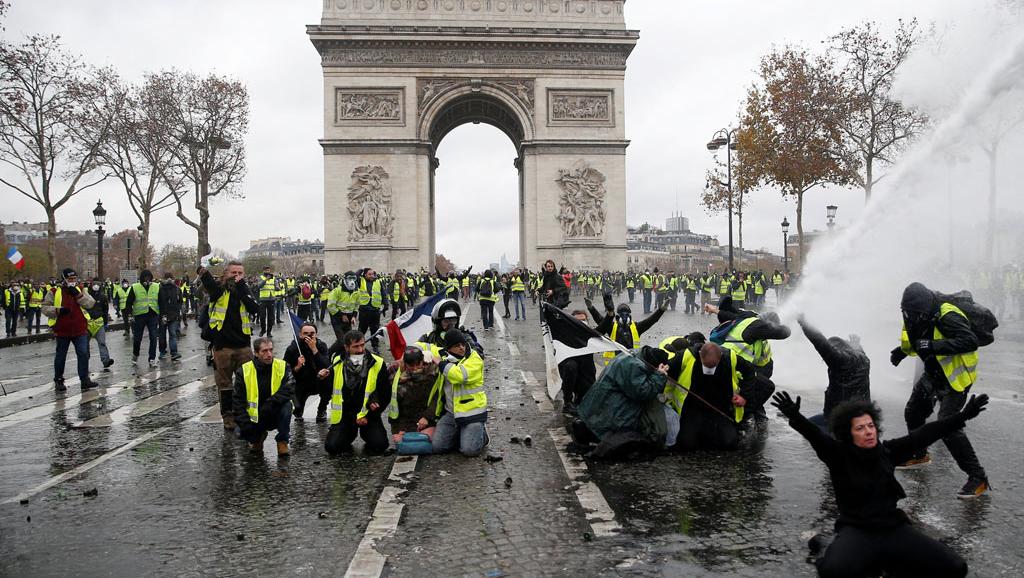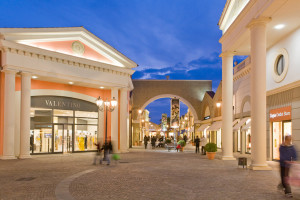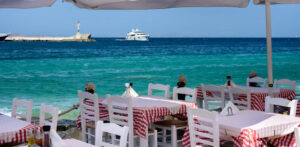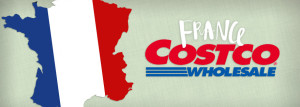This past weekend marked the twenty-first weekend of protests in Paris by the movement known as the Gilets Jaunes, or Yellow Vests.
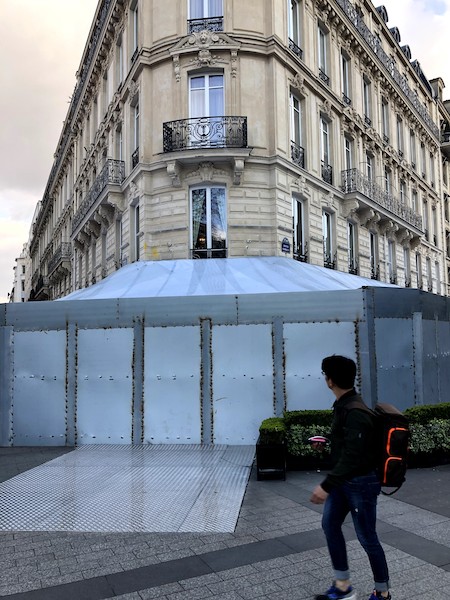
I was in Paris over the previous weekend and didn’t see a single yellow safety vest — the article of clothing from which the name Gilets Jaunes is derived.
For the most part, Parisians and tourists went about their business, enjoying the sunshine in the city’s spectacular public parks, visiting historical monuments, shopping, and sipping coffee at charming cafés.
What I did see, however, is the destruction they left behind in their wake.
The Yellow Vests have been protesting since November. Their initial objection was to a fuel tax, but the government rescinded that tax after the fourth week of protests.
Having gotten what they wanted, the Yellow Vests could have retreated in victory, but instead decided to redouble their efforts and turn their attention to other perceived injustices including austerity measures, a wealth tax repeal, and the use of traffic enforcement cameras, as well as broader topics such as globalization, classism, capitalism, and neoliberalism.
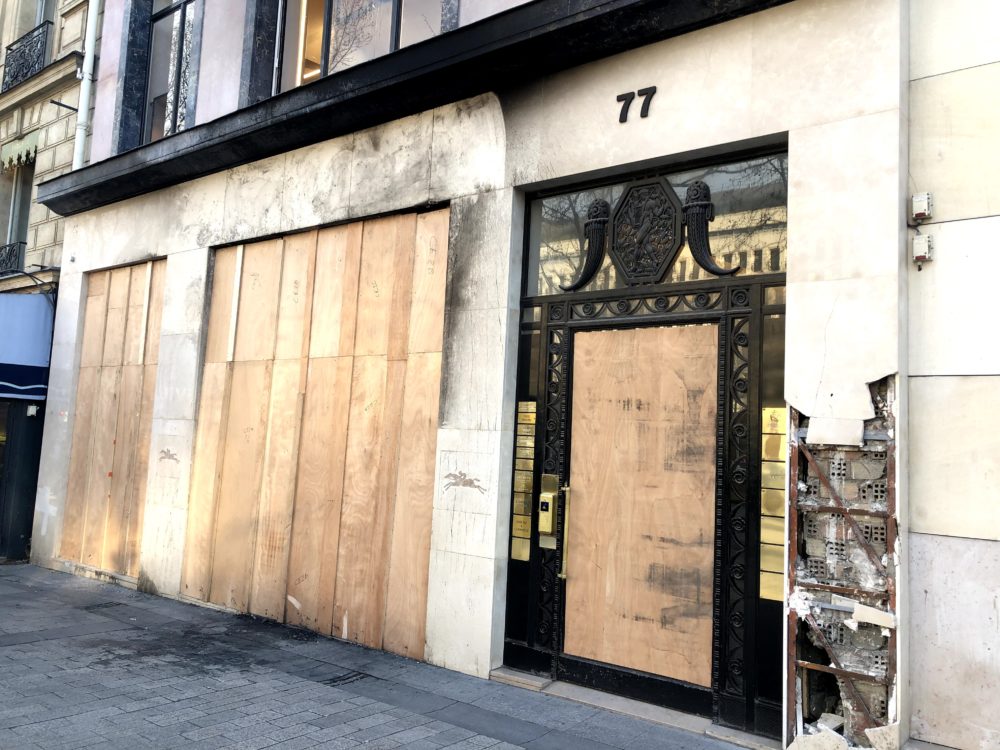
They even took their show on the road, heading to other cities in France to drum up support and encourage protests throughout the country. Groups using the yellow vest as a symbol have staged protests in countries as far away as Australia and the United States.
In Paris, they are no longer allowed to gather on the Champs-Élysées because the protests are not peaceful demonstrations, but violent revolts that have led to thousands of injuries among the protesters and the police as well as nearly 9,000 arrests and 12 fatalities.

In addition to the human costs, the city has lost billions of dollars in trade and tourism because of Gilets Jaunes protests. The U.S. Department of State recommends that travelers “exercise increased caution in France due to terrorism and civil unrest.”
The Australian government’s Department of Foreign Affairs and Trade advises tourists to “avoid all demonstrations as they may turn violent and disrupt traffic.”

Walking along the Champs-Élysées, a striking boulevard that ends just southeast of the Arc de Triomphe, I saw first-hand the effects of week after week of rioting and looting.
Many of the high-end stores and financial institutions along the avenue are closed — their doors and windows covered with plywood or sheet metal. Clearly visible burn marks on the street, broken window panes, damaged marble doorframes and stoops give the visitor just a glimpse of the havoc the Yellow Vests have wreaked in the city for 21 straight weeks.
There doesn’t seem to be an endgame for the protests as the sentiments causing the unrest are too broadly defined, but participation numbers are waning.
It remains to be seen if the movement will regain its momentum, but, at this point, it seems unlikely that we will see another French Revolution.

About the author:
Beth Hoke rejoined the expat life after spending her childhood in Europe and the United States, then settling in Chicagoland to raise two daughters.
Now an empty nester, she is roaming Europe, armed with a TEFL certificate and an online position teaching English for EF.
Beth has been traveling around Europe for two years. She’s filed posts for Dispatches Europe from at least six countries including Italy, Germany, Croatia, and Madeira, Portugal.


